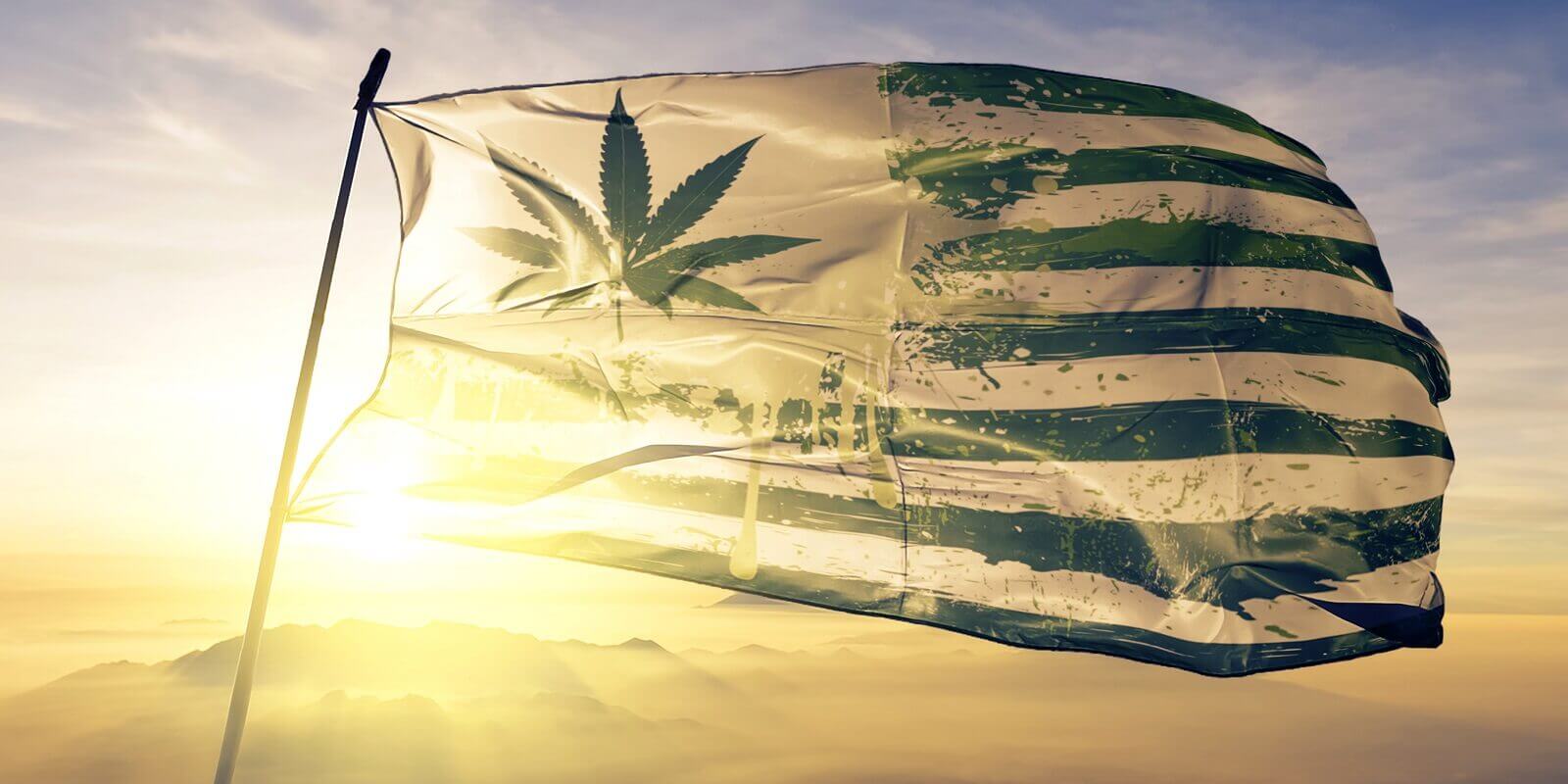How Weed Drinks Compare to Traditional Edibles
March 17, 2025Anyone interested in the varied effects of cannabis has likely already considered how weed edibles might fit into their sampling. Weed edibles are an incredibly...

America has faced many hurdles since its war for independence against its European ancestors. Hemp, a plant that has appeared throughout American history for hundreds of years, is wrapped up in the complexity of this journey. As the 4th of July comes around again, it’s time to examine more closely how America’s weed history shaped the current landscape for cannabis legalization, as well as the players who impacted change over time.
With its focus on liberty and freedom, the 4th of July is a great time to celebrate with cannabis, whose influence and use have also experienced an expansion of freedoms in the last ten years. Here are the most prominent history beats that have impacted cannabis in US history, including its origins in the country and the gradual shift to (and later from) heavy restriction.
To understand how cannabis has had such an effect on the modern world, we must first examine how it ended up in the United States in the first place. Most sources state that the entry of marijuana into the United States came from a two-pronged approach: Mexican immigrants on the southern border and import along the same routes used to ferry enslaved people. The slave trade was how cannabis first arrived in areas like Jamaica. At the country’s southern border, visitors from Central and South America also brought it.
Once the plant had been introduced to US colonists, its use quickly became evident. Hemp, another material derived from the cannabis plant, is also useful as a textile. It could make useful rope, fabrics, and paper using a fairly simple process—which was invaluable to settlers who had fewer amenities than we do today. In 1619, Virginia legally mandated that every farm in the state needed to grow at least some hemp to support the colonies’ need for this precious material.
However, as cotton rose in popularity and usefulness, the itchy hemp fibers were slowly phased out in many areas. But by this point, the cannabis plant had seen other developments from interested parties—those who saw its potential as budding marijuana enthusiasts.
Once the gradual discovery of marijuana’s medicinal properties was fully underway, the cannabis plant saw wide use in American tinctures and medicines. It was used for relaxation and sedation to make difficult injuries and illnesses more tenable.
Bolstered by Mexican immigrants’ recreational use of marijuana, it became more widespread after the war in 1910. After the war in 1910, an entire generation of hobbyists was seeing the benefits of not only medical but also recreational uses.
Shortly after, Prohibition hit the alcohol industry. After its repeal during the Great Depression, bureaucrats who wanted to seem morally busy and retain their supporters turned their attention to another “drug”: marijuana. By 1937, the United States had fully banned cannabis as a result.
Immediately, advocates began speaking out about the benefits of cannabis. Many continued to openly consume marijuana, such as jazz singer Cab Calloway—whose song Reefer Man directly touched on the topic.
Staunch supporters continued to advocate for cannabis, and federal attempts to demonize the product backfired; Presidents Kennedy and Johnson invested effort into officially commissioned studies on the drug, only to discover that it did not correlate with increased violence or heavier drug use.
Nixon fought against a shifting tide in the 1970s, which sought to decriminalize most private use. However, his attempts failed in some areas, with 11 states eliminating criminal penalties and many others reducing the severity of associated punishments.
As the AIDS epidemic drove home the concept of therapeutic medical use for cannabis, California passed Proposition 215, allowing marijuana to be sold to victims of painful illnesses to ease their suffering. This step was the first ripple in an eventual tidal wave of change.
Today, advocates continue to push for greater legalization of both medical and recreational marijuana, and more states than ever are getting on board. As of 2023, only 12 states still place a full ban on cannabis products, and this number is expected to decrease further over time.
The 4th of July is all about freedom—and for many, that includes the freedom to enjoy their cannabis hobby, recreationally or for medical use. At Pure Oasis we proudly support our community in fulfilling their cannabis needs.
Our minority-owned dispensaries are eager to help customers understand their options, dose properly, care for their accessories, and more. Contact us or stop by to celebrate the 4th of July with us, or ask any questions!
Are you at least 21 years old?